- Browse
- Statistical Classification
Filter by
SubjectRequired *
LanguageRequired *
The language used throughout the course, in both instruction and assessments.
Learning ProductRequired *
LevelRequired *
DurationRequired *
SkillsRequired *
SubtitlesRequired *
EducatorRequired *
Results for "statistical classification"
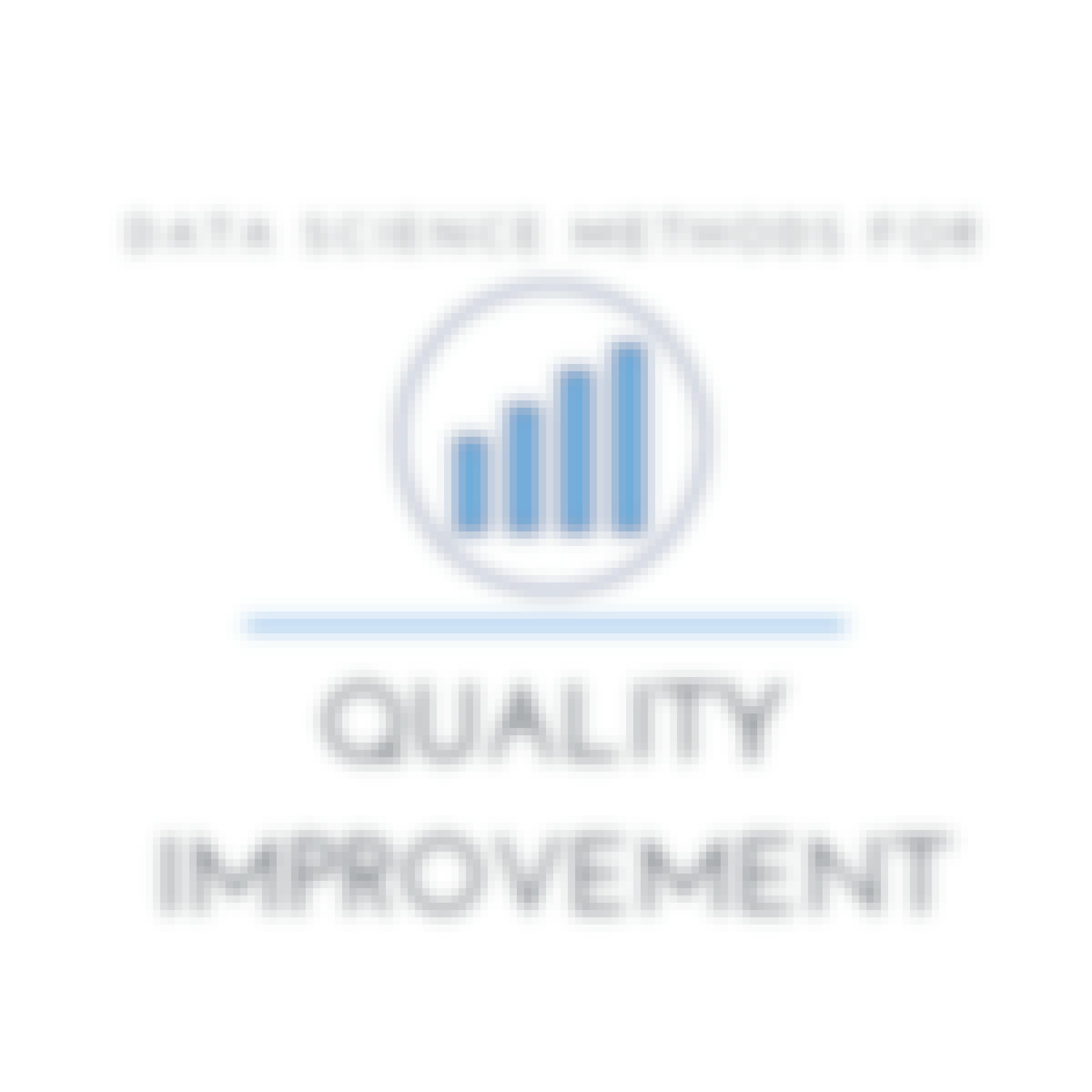 Status: Free TrialFree TrialU
Status: Free TrialFree TrialUUniversity of Colorado Boulder
Skills you'll gain: Statistical Inference, Probability Distribution, Statistical Analysis, R (Software), Descriptive Statistics, Sampling (Statistics), Statistics, Probability & Statistics, Statistical Hypothesis Testing, Data Analysis, Data Literacy, Probability, Statistical Visualization, Histogram
Build toward a degree
4.7·Rating, 4.7 out of 5 stars34 reviewsBeginner · Course · 1 - 3 Months
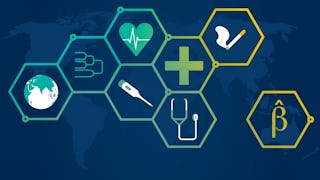 Status: Free TrialFree TrialU
Status: Free TrialFree TrialUUniversity of Michigan
Skills you'll gain: Statistical Modeling, Regression Analysis, Statistical Inference, Probability & Statistics, Correlation Analysis, Data Analysis, Statistical Analysis, Statistical Hypothesis Testing, R Programming, Predictive Modeling
Intermediate · Course · 1 - 4 Weeks
 Status: Free TrialFree TrialA
Status: Free TrialFree TrialAAmerican Psychological Association
Skills you'll gain: Descriptive Statistics, Probability & Statistics, Exploratory Data Analysis, Graphing, Variance Analysis, Statistical Visualization, Data Literacy, Statistical Analysis, Statistical Methods, Data Analysis, Analytical Skills
Beginner · Course · 1 - 3 Months
 Status: Free TrialFree TrialU
Status: Free TrialFree TrialUUniversity of California San Diego
Skills you'll gain: Predictive Modeling, Data Validation, Verification And Validation, Applied Machine Learning, Regression Analysis, Supervised Learning, Python Programming, Statistical Methods, Machine Learning Methods, Test Data, Natural Language Processing
4.3·Rating, 4.3 out of 5 stars48 reviewsIntermediate · Course · 1 - 4 Weeks
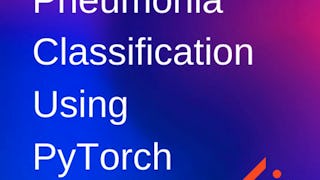
Skills you'll gain: PyTorch (Machine Learning Library), Medical Imaging, Radiology, Image Analysis, X-Ray Computed Tomography, Deep Learning, Python Programming
4.4·Rating, 4.4 out of 5 stars11 reviewsIntermediate · Guided Project · Less Than 2 Hours
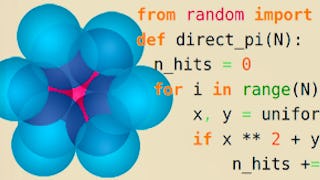 Status: FreeFreeÉ
Status: FreeFreeÉÉcole normale supérieure
Skills you'll gain: Sampling (Statistics), Physics, Simulations, Computational Logic, Numerical Analysis, Markov Model, Quantitative Research, Algorithms, Applied Mathematics, Linear Algebra, Integral Calculus
4.8·Rating, 4.8 out of 5 stars267 reviewsMixed · Course · 1 - 3 Months
 Status: Free TrialFree TrialA
Status: Free TrialFree TrialAAmerican Psychological Association
Skills you'll gain: Substance Abuse, Mental Health Diseases and Disorders, Clinical Psychology, Mental and Behavioral Health, Psychiatry, Psychological Evaluations, Mental Health, Cognitive Behavioral Therapy, Patient Evaluation, Diagnostic Tests, Behavioral Health, Psychotherapy, Psychiatric Assessments, Cultural Diversity, Epidemiology, Pharmacology, Neurology, Demography, Psychology, Pharmacotherapy
4.8·Rating, 4.8 out of 5 stars266 reviewsBeginner · Specialization · 3 - 6 Months
 Status: PreviewPreviewU
Status: PreviewPreviewUUniversity of Minnesota
Skills you'll gain: Physics, Chemistry, Engineering Calculations, Molecular, Cellular, and Microbiology, Mathematical Modeling
4.9·Rating, 4.9 out of 5 stars363 reviewsBeginner · Course · 1 - 3 Months
 Status: Free TrialFree TrialU
Status: Free TrialFree TrialUUniversity of Colorado Boulder
Skills you'll gain: Chemical Engineering, Quantitative Research, Chemistry, Thermal Management, Mechanical Engineering, Engineering Calculations, Numerical Analysis, Engineering Analysis, Statistical Methods, Differential Equations, Physics, Engineering, Simulation and Simulation Software, Mechanics, Probability Distribution, Mathematical Modeling, Applied Mathematics, Materials science, Simulations, Physical Science
4.5·Rating, 4.5 out of 5 stars1.1K reviewsAdvanced · Specialization · 3 - 6 Months
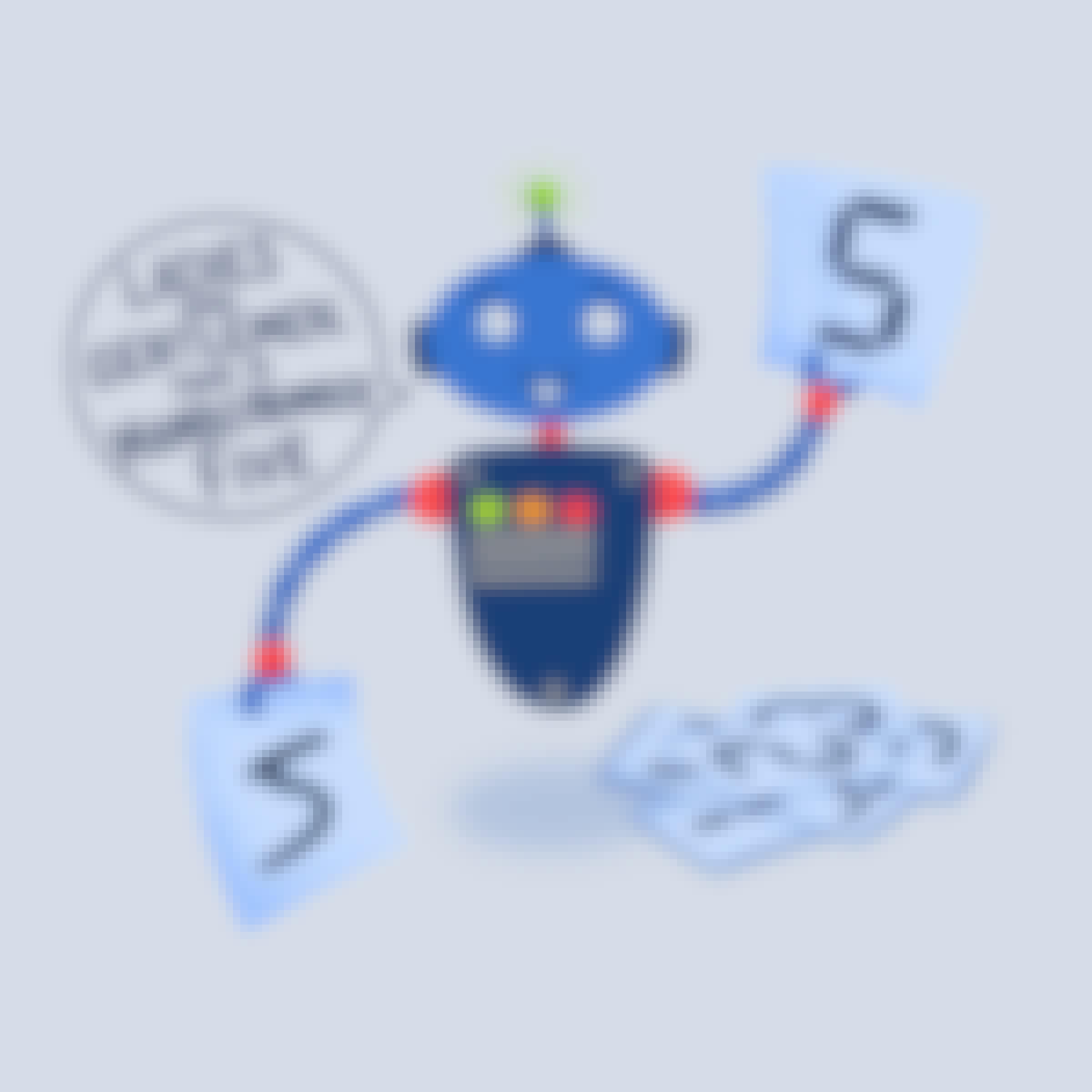
Skills you'll gain: Keras (Neural Network Library), Tensorflow, Image Analysis, Artificial Neural Networks, Deep Learning, Machine Learning Methods, Computer Vision, Machine Learning
4.6·Rating, 4.6 out of 5 stars846 reviewsBeginner · Guided Project · Less Than 2 Hours
 Status: PreviewPreviewE
Status: PreviewPreviewEEindhoven University of Technology
Skills you'll gain: Scientific Methods, Research Design, Research, Quantitative Research, Experimentation, Data Literacy, Sample Size Determination, Data Sharing, Statistical Inference, Statistical Methods, Statistical Analysis
4.9·Rating, 4.9 out of 5 stars112 reviewsIntermediate · Course · 1 - 3 Months
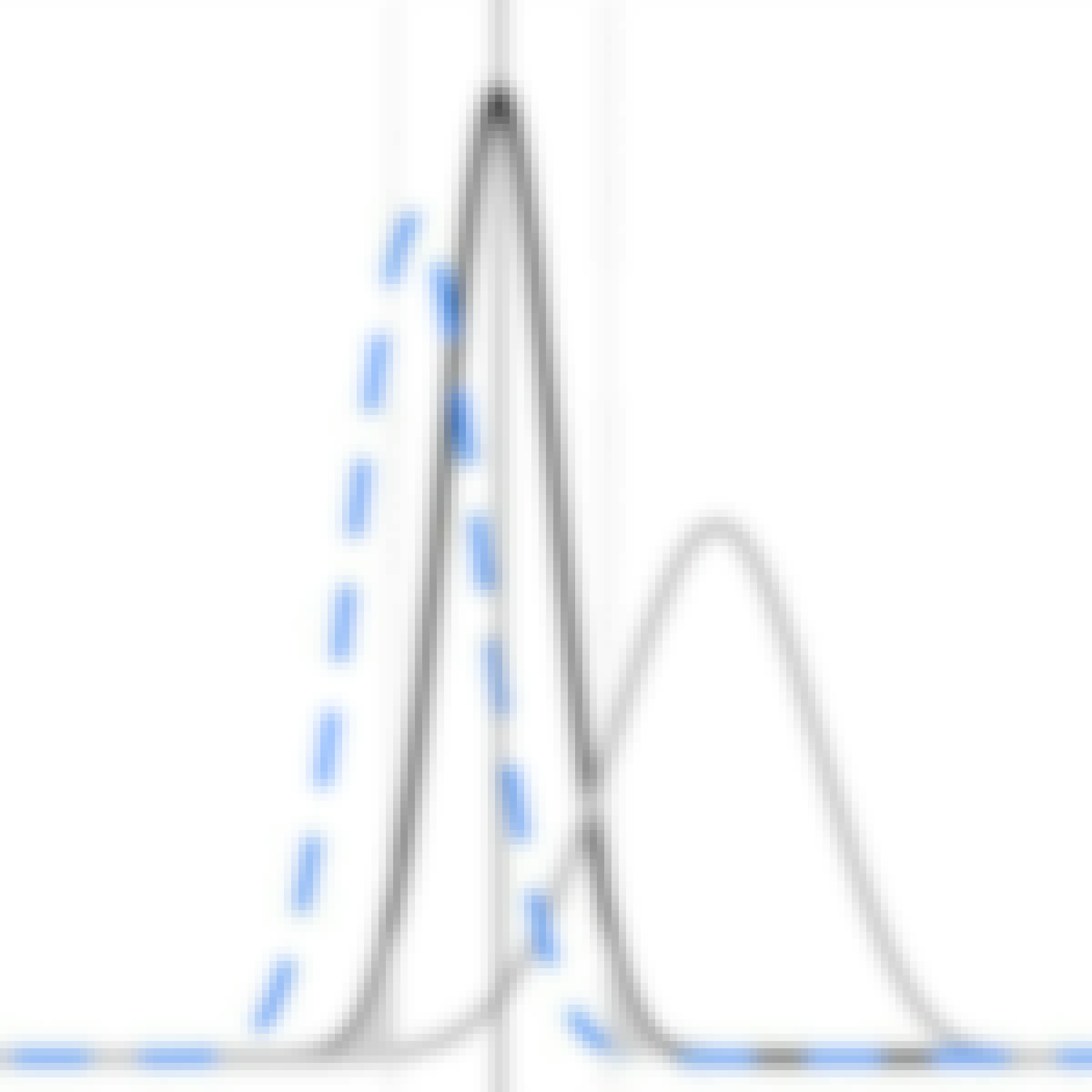 Status: PreviewPreviewE
Status: PreviewPreviewEEindhoven University of Technology
Skills you'll gain: Statistical Inference, Scientific Methods, Statistical Hypothesis Testing, Quantitative Research, Bayesian Statistics, Statistical Analysis, Probability & Statistics, Sample Size Determination, Research, R Programming, Data Sharing
4.9·Rating, 4.9 out of 5 stars799 reviewsIntermediate · Course · 1 - 3 Months
In summary, here are 10 of our most popular statistical classification courses
- Managing, Describing, and Analyzing Data: University of Colorado Boulder
- Linear Regression Modeling for Health Data: University of Michigan
- Measures of Variability: American Psychological Association
- Meaningful Predictive Modeling: University of California San Diego
- Pneumonia Classification using PyTorch : Coursera
- Statistical Mechanics: Algorithms and Computations: École normale supérieure
- Psychology of Anxiety, Mood, Substance Use, and Addictive Behaviors: American Psychological Association
- Statistical Molecular Thermodynamics: University of Minnesota
- Statistical Thermodynamics: University of Colorado Boulder
- Basic Image Classification with TensorFlow: Coursera










